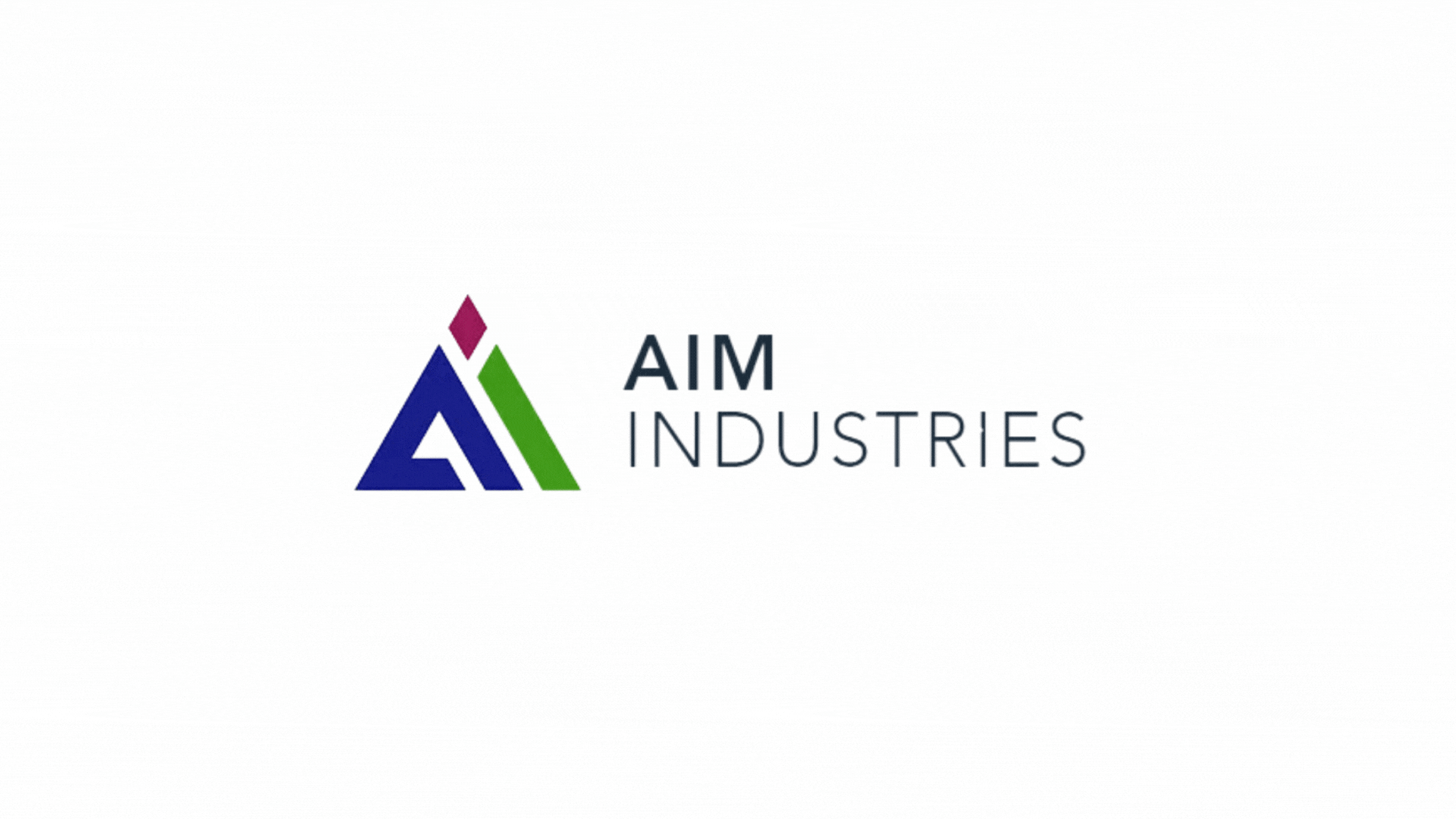Value Engineering: Transitioning from Granite to Grana-Lux Concrete Paving
- Owais Maswala

- Aug 7, 2024
- 3 min read

In the world of construction and paving, the term "value engineering" refers to the process of optimizing project outcomes by considering cost, functionality, and quality. One common application of value engineering is the transition from using high-cost materials, such as granite, to more cost-effective yet equally functional alternatives like wet mix full body concrete paving - AIM's Grana-Lux Paving. This transition can yield significant benefits without compromising on performance or aesthetics.
1. Cost Efficiency
Granite is renowned for its beauty and durability, but it comes with a high price tag. Wet mix full body concrete paving offers a more budget-friendly alternative without sacrificing quality.
Benefits:
Lower material costs: Concrete is considerably cheaper than granite.
Reduced labor costs: The installation process for concrete is often less labor-intensive and quicker than that for granite.
2. Durability and Strength
While granite is extremely durable, wet mix full body concrete paving also boasts impressive strength and longevity. AIM achieve 69MPa strength for its concrete paving range. The thorough mixing process ensures a uniform and resilient surface capable of withstanding heavy traffic and harsh weather conditions.
Benefits:
Long-lasting: Properly installed wet mix concrete can last for decades.
High load-bearing capacity: Suitable for various applications, from residential driveways to commercial parking lots.
3. Aesthetic Flexibility
Granite has a natural, luxurious appearance that is hard to match. However, wet mix full body concrete paving offers a surprising degree of aesthetic flexibility. Through the use of coloring agents, stamping, and finishing techniques, concrete can mimic the appearance of granite and other natural stones. AIM have over 12 textures, 6 of those can mimic the granite look and feel quite easily. Check out www.aimblock.com/concrete-paving for more information.

Benefits:
Customizable looks: Achieve a wide range of colors, textures, and patterns.
Consistent appearance: Concrete provides a uniform and seamless finish.
4. Maintenance and Repairs
Granite surfaces require periodic sealing and can be challenging to repair if damaged. Wet mix full body concrete paving, on the other hand, is easier to maintain and repair.
Benefits:
Lower maintenance: Concrete requires less frequent sealing and is easier to clean.
Simplified repairs: Damaged areas can be patched or resurfaced more easily than granite.
5. Environmental Impact
Sourcing and transporting granite can have a significant environmental footprint. Wet mix full body concrete paving can be a more sustainable option, especially when using recycled materials in the mix.
Benefits:
Reduced carbon footprint: Concrete can incorporate recycled aggregates and industrial by-products.
Local sourcing: Concrete materials can often be sourced locally, reducing transportation emissions.
6. Installation Speed and Flexibility
Granite paving can be a time-consuming process due to the need for precise cutting and fitting. Wet mix full body concrete paving can be installed more quickly, reducing project timelines and associated costs.
Benefits:
Faster installation: Streamlined processes allow for quicker project completion.
7. Enhanced Safety
Granite surfaces can become slippery when wet, posing a safety risk. Wet mix full body concrete paving can be treated with non-slip finishes to enhance safety, especially in high-traffic areas.
Benefits:
Non-slip surfaces: Customizable textures and finishes improve traction.
Increased safety: Reduced risk of slips and falls.
Conclusion
Value engineering the transition from granite to wet mix full body concrete paving presents a compelling case for cost savings, durability, aesthetic flexibility, and sustainability. By choosing wet mix full body concrete paving i.e. Grana-Lux Concrete Paving, project stakeholders can achieve a high-quality, visually appealing, and long-lasting solution that meets both budgetary and functional requirements. This strategic decision not only enhances the overall value of the project but also contributes to a more sustainable and efficient construction process.



Comments